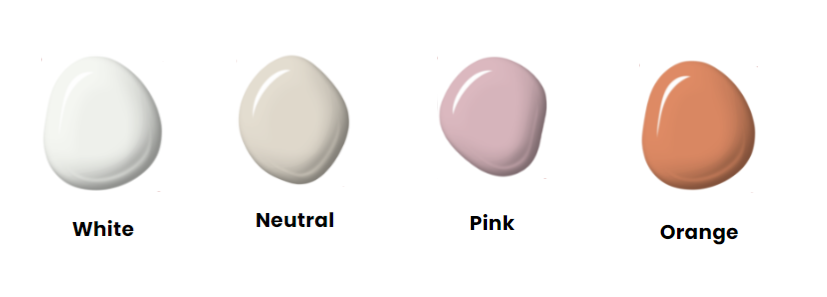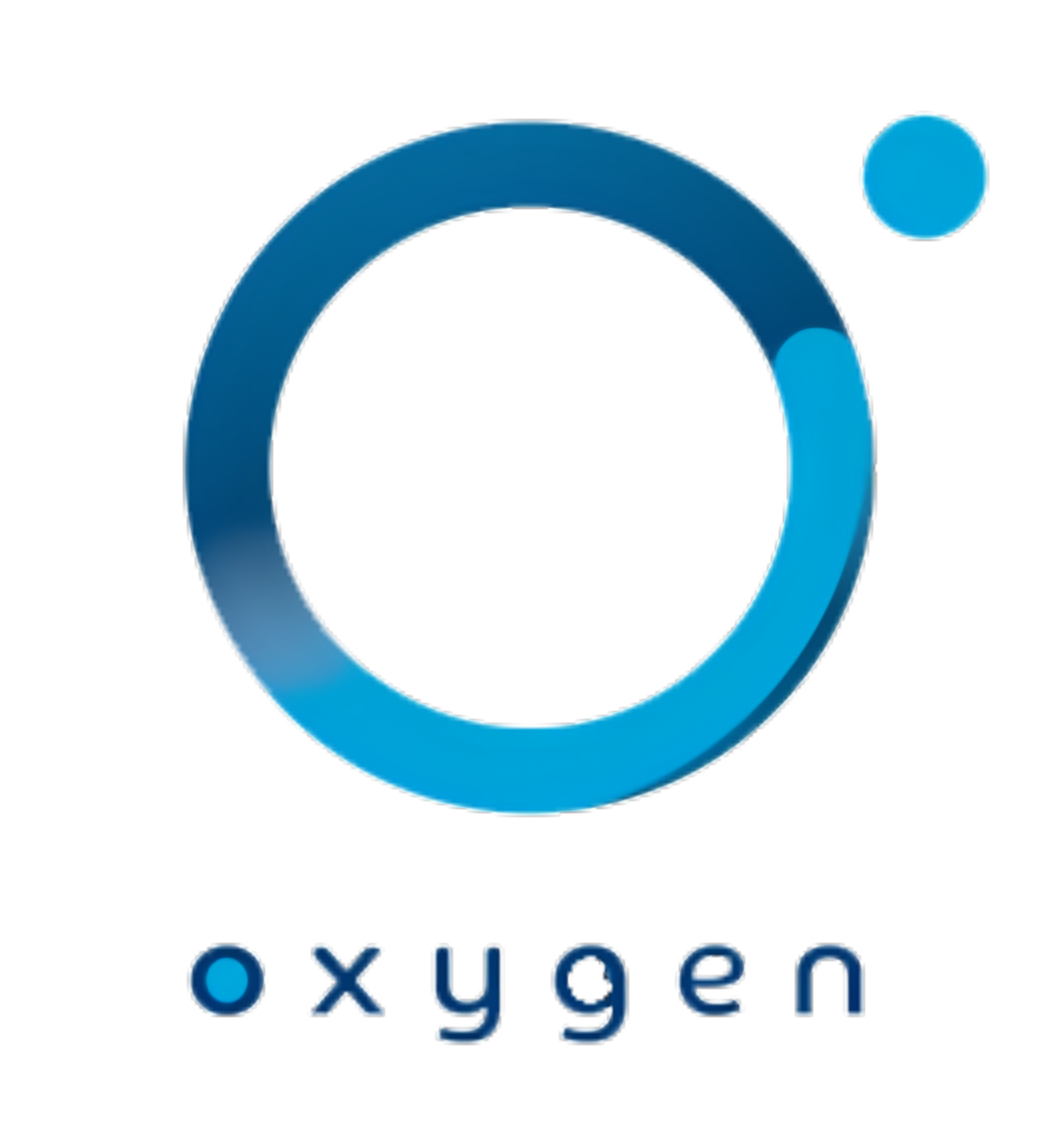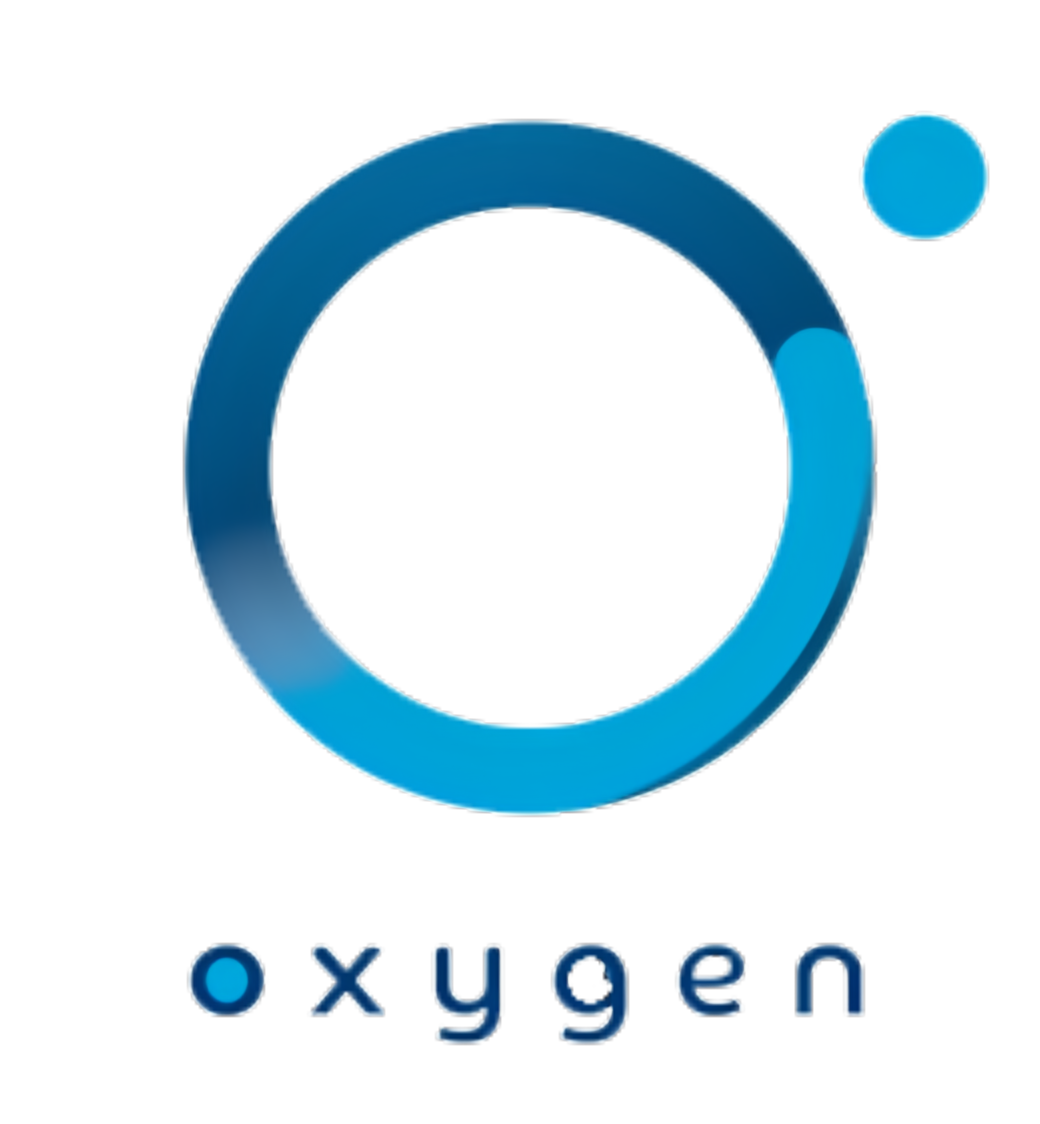Optimizing Pigment Choice for Oxygen Coating

Colors that give Oxygen ionic powers
As demand for antibacterial and air-purifying coatings increases in residential, commercial, and institutional projects, understanding how pigment selection affects performance is critical.
For coatings like Oxygen, which are engineered with zinc oxide (ZnO) micron and nano particles and silver (Ag) encapsulated in special carriers, the type of color pigment used can directly influence photocatalytic activity, antimicrobial efficacy, and aesthetic integrity over time.
This content provides a practical guide for painters, interior designers and coating professionals to ensure color choices do not compromise functionality.
Natural Minerals with ionic POWERS
Zinc oxide and Silver form a powerful agent for breaking down airborne pollutants and killing airborne and surface bacteria upon exposure to light (especially UV or visible blue light). Its effectiveness relies heavily on light penetration through the paint film. Pigments that absorb or scatter light can enhance or inhibit this function.
Additionally, ZnO acts as a UV stabilizer and mold and mildew preventative agent. When combined with silver encapsulated in special carrier, a broad-spectrum antimicrobial action is achieved, extending efficacy even in low-light conditions.
Pigment Selection: Compatibility Matrix
Below is a curated pigment compatibility chart, based on interaction with Oxygens formulation:
| Color | Pigment | Type | Compatibility | Comments |
| White | Default Oxygen Coating | Inorganic | ✅ Excellent | Boosts photocatalytic activity. Ideal for topcoats. |
| Red | Iron Oxide Red (Fe₂O₃) | Inorganic | ✅ Excellent | UV-stable, safe for interior/exterior walls. |
| Yellow | Iron Oxide Yellow (FeOOH) | Inorganic | ✅ Excellent | Non-reactive, great for warm tones and ceilings. |
| Brown | Iron Oxide Brown | Inorganic | ✅ Excellent | Earth tones compatible with antimicrobial function. |
| Blue | Ultramarine Blue | Inorganic | ✅ Good | Stable in dry environments. Avoid high acidity or moisture. |
| Blue-Green | Cobalt Blue / Green | Inorganic | ✅ Excellent | Durable and non-inhibiting to ZnO activity. |
| Light Gray | TiO₂ + small % Black Oxide | Inorganic Mix | ✅ Good | Use minimal carbon content to preserve light activation. |
| Beige / Tan | TiO₂ + Iron Oxide Blend | Inorganic Mix | ✅ Excellent | Popular for interiors; fully compatible. |
| Teal / Aqua | Cobalt Blue + Chrome Oxide | Inorganic Blend | ✅ Good | Rich color, limited UV blocking. |
| Bright Green | Phthalocyanine Green (PG7) | Organic | ⚠️ Limited | Strong UV absorption; restrict to shaded or accent areas. |
| Bright Blue | Phthalocyanine Blue (PB15) | Organic | ⚠️ Limited | Can inhibit ZnO’s light activation. Use sparingly. |
| Black | Carbon Black / Lamp Black | Amorphous Carbon | ❌ Avoid | Blocks UV; severely reduces ZnO effectiveness. |
Best Practices for Pigment Use with Oxygen Coatings
To ensure optimal performance of Oxygen Coating, the following application recommendations are advised:
- Use light and neutral colors for surfaces where air purification or antimicrobial action is most desired (e.g., ceilings, upper wall sections).
- Limit dark and high-opacity pigments like carbon black or organic dyes in high-concentration areas.
- Apply in layers: Use a white or light-colored Oxygen base coat, then a lightly pigmented topcoat to retain functionality while achieving desired aesthetics.
- Maintain proper film thickness: Excessive thickness or pigment loading can shield ZnO particles from light.
- Avoid acidic environments when using ultramarine pigments; opt for alkaline-stable formulations.
- Educate clients on why some colors may be recommended or discouraged for antimicrobial functionality.
Why This Matters for Your Customers
Today’s customers are increasingly focused on healthier indoor environments, particularly in hospitals, schools, offices, and residential developments. Offering paints like Oxygen coating, which actively clean the air and reduce microbial load, allows your business to differentiate and add tangible value.
But color matters—not just for looks, but for functionality. Educating clients on why certain colors enhance performance gives you credibility and ensures that the product delivers as promised.
If you’re a contractor, architect, or paint distributor, consider integrating pigment guidance into your sales and spec sheets for Oxygen coating systems. The right color isn’t just a design choice—it’s a performance decision.
Ideal Colors for the Flat white Oxygen Coating (and everything in-between)


